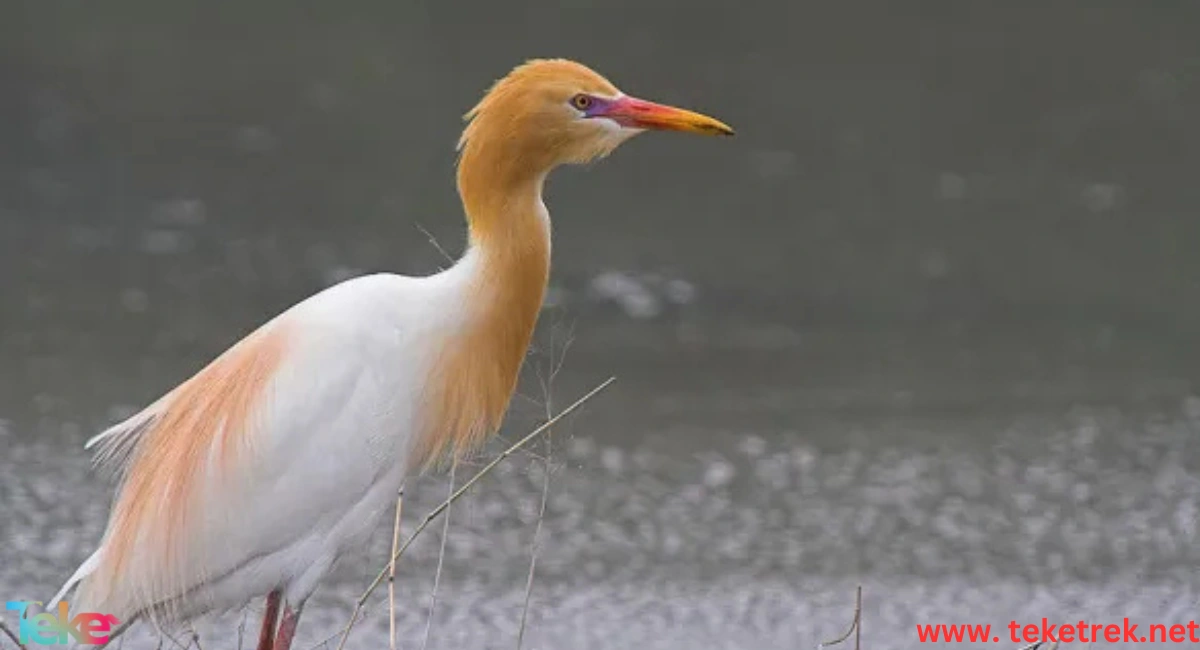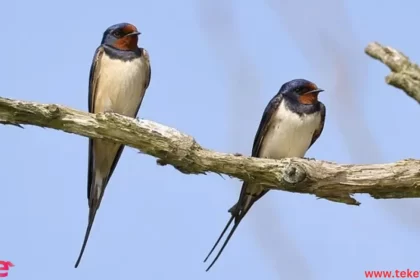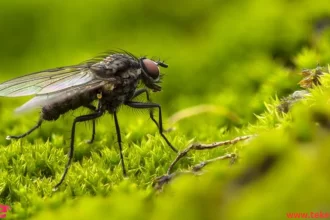The Middle East shines with its rich avian diversity, home to rare and unique species that represent environmental treasures worthy of protection. For instance, the Asir magpie is among the rarest birds in the world, with a breeding population of no more than 100 pairs. Many of these birds face the risk of extinction due to factors such as habitat loss, and conserving them requires concerted efforts to ensure their survival for future generations.
This article from teketrek، highlights these endangered species in the Middle East, examines the challenges they face, and, most importantly, explores the efforts being made to prevent their disappearance from our world.
Rare Birds in the Middle East
Some of the most well-known rare birds in the Middle East include the Saker Falcon, Basra reed warbler (endangered), Red-rumped Wheatear (endangered and range-restricted), and the Egyptian Vulture (endangered). Other notable species are the Sociable Lapwing and the Cream-colored Courser, both critically endangered.
Rare Birds in the Middle East:
- Saker Falcon (Falco cherrug): One of the largest and strongest falcons, it holds significant cultural importance and is the national bird in several Middle Eastern countries such as the United Arab Emirates and Saudi Arabia.
- Basra Reed Warbler (Acrocephalus griseldis): A shy and elusive bird, it inhabits the Khuzestan marshes of Iran and is classified as a threatened species on the IUCN Red List.
- Red-rumped Wheatear (Oenanthe moesta): A range-restricted passerine bird that is endangered. Its distribution in the Middle East has shrunk considerably in recent decades.
- Egyptian Vulture (Neophron percnopterus): With declining numbers globally, this distinctive black-and-white vulture is classified as endangered.
- Sociable Lapwing (Vanellus gregarius): This bird is classified as critically endangered.
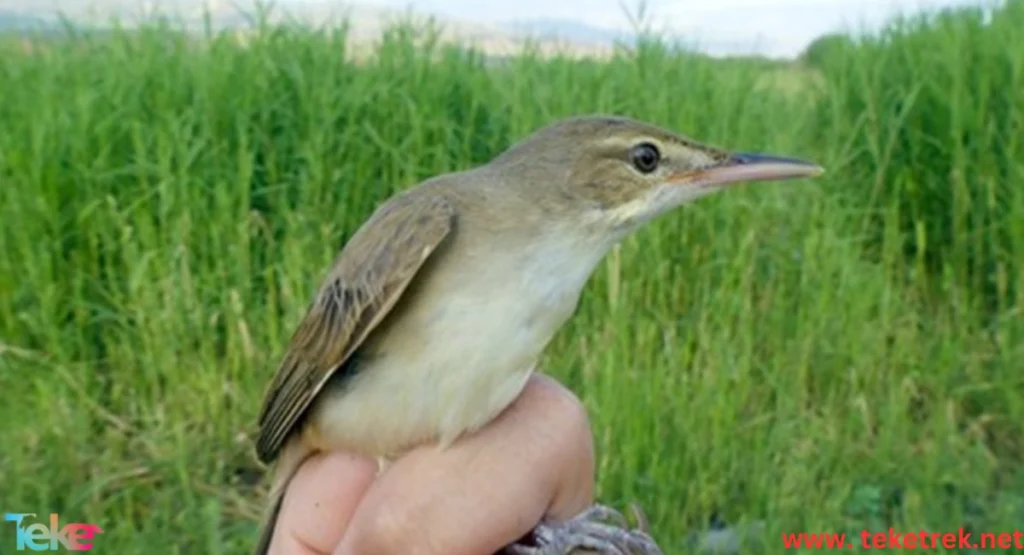
Can Rare Birds Be Easily Seen in the Wild?
No, rare birds are often hard to observe in the wild because of their low population, camouflaged plumage, or nighttime habits.However, with effort, luck, and knowledge of specific locations, it is possible to observe a rare bird, especially a vagrant (a bird outside its normal range), which can excite birdwatchers.
Reasons why rare birds are hard to find include:
- Low population numbers: Some species are rare because their total population is very small, making encounters uncommon.
- Camouflage: Many rare birds have excellent camouflage, allowing them to blend into their surroundings, avoiding predators but making observation difficult.
- Nocturnal activity: Birds active at night, such as night parrots, are difficult to find during daylight hours.
Nature Reserves and Their Role in Protecting Rare Birds
Nature reserves are vital for preserving rare birds by protecting their critical habitats from destruction and providing safe refuges for vulnerable populations to thrive away from human threats such as habitat loss and pollution. These designated areas protect diverse ecosystems and ensure that rare species have the conditions needed to breed and survive, maintaining biodiversity and supporting healthy ecosystems for the future.
Famous Nature Reserves for Bird Conservation
Some of the world’s most renowned bird conservation reserves include:
Keoladeo National Park (Bharatpur Bird Sanctuary), India
- Importance: One of India’s top birdwatching sites and ideal for bird enthusiasts.
- Bird Life: Home to a diverse range of resident and migratory bird species.
- Habitat: Wetlands that support rich avian diversity.
Hula Nature Reserve, Israel
- Importance: A critical wetland stopover for migratory birds traveling between Northern Europe and Africa.
- Bird Life: Home to both resident and migratory species.
- Habitat: Restored wetland ecosystem highlighting its importance for wildlife.
How Reserves Help Protect Birds
Bird reserves preserve birds by providing protected, high-quality habitats that ensure access to food, water, and shelter while minimizing human disturbance and habitat degradation. These reserves serve as vital refuges for biodiversity, allowing birds to thrive, breed, and migrate safely. Furthermore, reserves facilitate research and education, raising public awareness of conservation needs and encouraging action.
Reserves help protect birds by providing:
- Safe refuges: Spaces where birds can live, feed, nest, and raise young away from human disturbances such as development and disruption.
- Habitat quality: Protection and restoration of ecosystems like forests, wetlands, and grasslands, ensuring access to essential resources.
- Population stability: By maintaining stable environmental conditions, reserves help shield birds from fluctuations in food or shelter availability, supporting population stability.
- Biodiversity conservation: Protecting the diversity of bird species and their natural habitats is crucial for overall environmental health.
- Ecosystem balance: Reserves help ensure ecosystems function properly, benefiting not only birds but also other wildlife and plants.
Threats Facing Rare Birds in the Region
Rare birds face major threats caused by human activity such as habitat loss from development and urban expansion, overhunting for food or trade, and pollution—including light pollution, water and soil contamination, and pesticide use.
Climate change also poses a significant challenge, affecting food availability and migration patterns, along with extreme weather events like severe storms that can lead to bird mortality.
Does Pollution Affect Birds in the Middle East?
Yes, pollution significantly threatens rare birds. Key risks include:
Habitat loss:
- Deforestation and wetland destruction: Eliminates nesting and feeding sites and stopover points during migration.
- Urban expansion and intensive agriculture: Reduce available natural spaces for birds.
Overhunting:
- Illegal or unregulated hunting: Targets some species for trade or food, depleting populations and disrupting ecosystems.
- Bycatch: Some birds are accidentally captured during fishing or other activities.
Pollution:
- Light pollution: Disrupts migration patterns, exhausting birds and causing collisions with buildings.
Climate Change and Its Impact on Rare Birds
Climate change poses a serious threat to rare birds in the Middle East. Rising temperatures, altered rainfall patterns, and extreme weather events disrupt the delicate balance of ecosystems on which birds depend. Some species may be forced to migrate longer distances or adjust their breeding cycles, which can reduce survival rates. Additionally, climate change affects the availability of food, such as insects and plants, and can destroy habitats like wetlands and forests.
Key Impacts:
- Shifts in migration patterns: Birds may arrive too early or too late at their breeding or feeding grounds, affecting reproduction success.
- Habitat loss: Rising temperatures and droughts reduce wetland areas and other crucial habitats.
- Food scarcity: Changes in plant growth and insect populations can lead to insufficient food supplies.
- Extreme weather: Heatwaves, storms, and floods increase mortality and reduce breeding success.
Conservation Efforts in the Middle East
Efforts to protect rare birds in the Middle East are increasing, combining government regulations, wildlife organizations, and community initiatives. Protected areas and nature reserves are central to conservation strategies, while educational campaigns raise awareness about the importance of preserving these species.
Key Conservation Actions:
- Legal protection: Many countries have laws to protect endangered birds and prohibit hunting or capturing them.
- Habitat restoration: Projects to restore wetlands, forests, and grasslands provide safe environments for birds.
- Monitoring programs: Scientists track populations to identify declining species and take targeted action.
- Captive breeding: Some species are bred in captivity and later released to boost wild populations.
- Community involvement: Local communities participate in protecting habitats and reporting illegal hunting or trading.
Successful Regional Initiatives:
- UAE – Arabian Leopard and Falcon conservation programs: These programs also benefit rare bird species by preserving habitats and promoting research.
- Israel – Bird ringing and monitoring projects: Hula Valley serves as a hub for tracking migratory birds.
- Saudi Arabia – Asir National Park and other reserves: These protect species like the Asir Magpie and other rare birds from habitat loss.
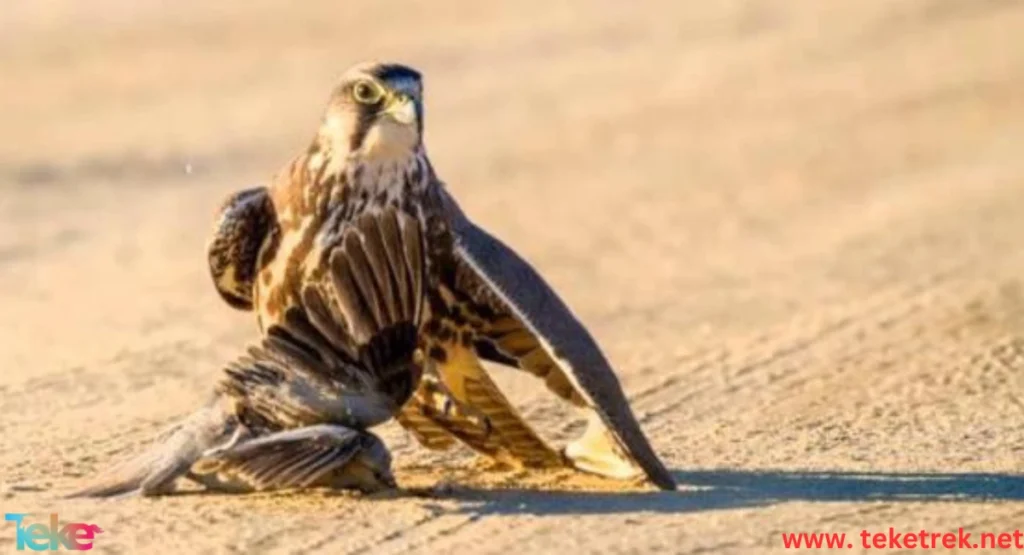
How Communities Can Help Protect Rare Birds
Community involvement is crucial for the survival of rare birds. Simple actions can make a huge difference:
- Avoid disturbing nesting sites: Give birds space and avoid entering protected areas unnecessarily.
- Reduce pollution: Limit pesticide use and properly dispose of waste to protect bird habitats.
- Support conservation organizations: Donate or volunteer with groups working to preserve bird species.
- Spread awareness: Educate others about the importance of rare birds and the challenges they face.
- Participate in citizen science: Report sightings of rare birds to help researchers monitor populations.
Conclusion
Rare birds in the Middle East are a precious part of the region’s natural heritage, representing biodiversity and ecological balance. They face significant threats from human activity, pollution, and climate change. However, with strong conservation efforts, legal protection, community engagement, and education, we can ensure that these magnificent species continue to thrive. Preserving rare birds is not only about saving individual species but also about protecting the ecosystems they inhabit, benefiting future generations and maintaining the natural beauty of the Middle East.

